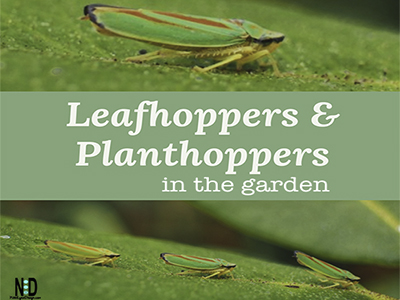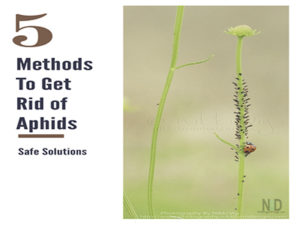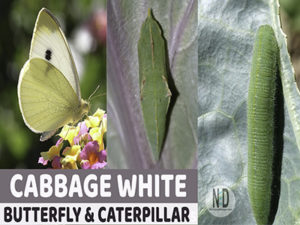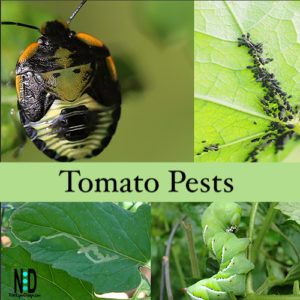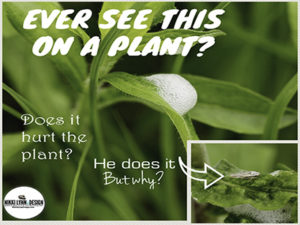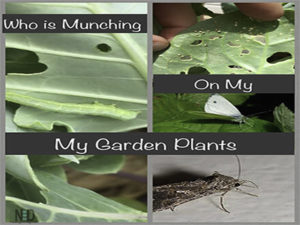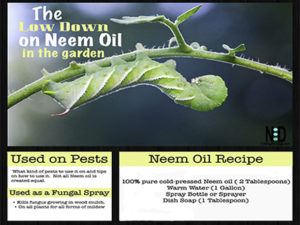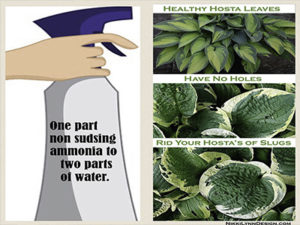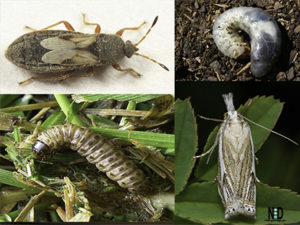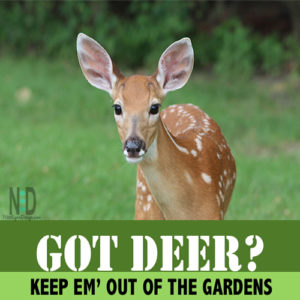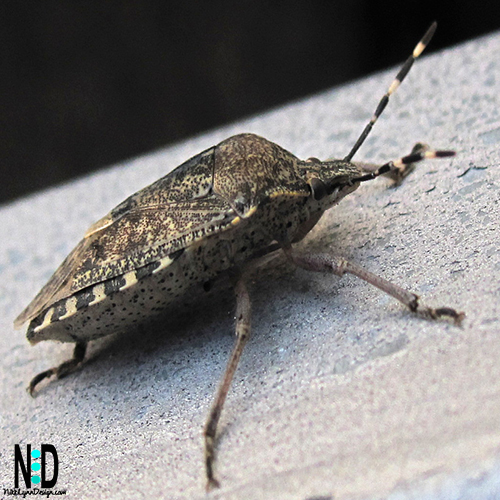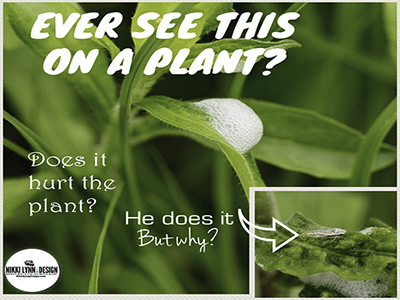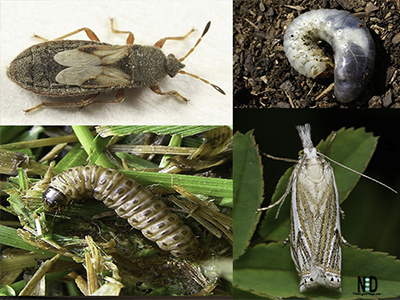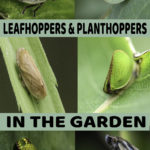Leafhoppers and Planthoppers
There are over 12,500 varieties of leafhoppers and planthoppers, that feed on the sap from plants, grass, and trees but most are harmless to the plant.
The planthopper gets its name because of its resemblance to leaves and other plants of their environment and from the fact that they often hop like a grasshopper.

By the looks of the photos, you would think they are huge – but they are only about the size of a grain of rice.
There are a few in the hopper family that are considered large at 0.5 inches.
The Harm They Can Do
Generally speaking, the hoppers visit in low volume thus do not bother plants too much. The insects are not huge garden pests for traditional gardeners.
The Proof Is In The Leaves

Leafhoppers can cause small white spots to appear on the upper part of the leaf surface.
A heavy infestation can cause leaves to dry and turn the plant leaves yellow or brown.
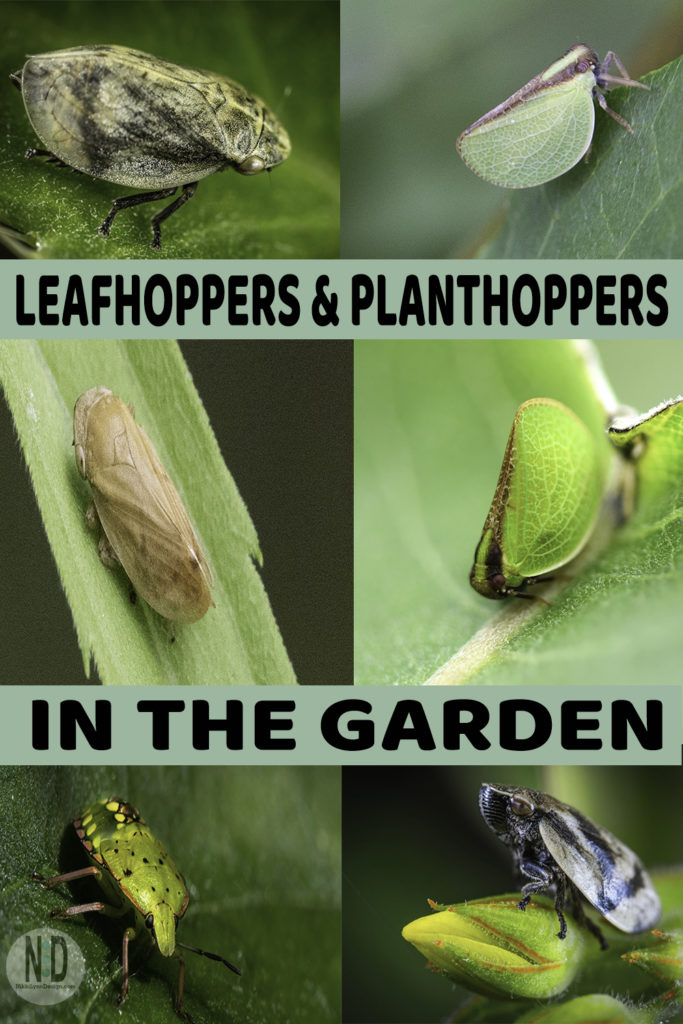
Some Leafhoppers Carry Bacteria

Several species of leafhoppers are serious agricultural pests because they carry bacteria that cause a virus and will cause wilting and death to crops. The common leafhoppers are listed below.
• Beet leafhopper
• Maize leafhopper
• Potato leafhopper
• Two-spotted leafhopper
• Blue-green sharpshooter
• Glassy-winged sharpshooter
• The common brown leafhopper
• Rice green leafhoppers
• White apple leafhopper
Ways to Get Rid of Leafhoppers and Planthoppers
Monitor With Sticky Traps
Sticky traps can be easily hung around your crops. Since the critters are attracted to the color yellow and hang out in and on the foliage of the leaves, you can catch them on the sticky traps. A small amount – no big deal.
Floating Row Covers
When plants are young you can install floating row covers.
The ones pictured here allow sun and rain to get through but not the insects.
Apply Insecticidal Soap
The thing about insecticides and leaf and planthoppers is that they are only effective on immature insects. Adults could easily escape and just come back.
Now, you are armed with all the information you need to figure out if you need to take additional steps. Plus, you had the chance to see a few of the 12,500 different hoppers up close and personal. Happy gardening!
Additional Posts
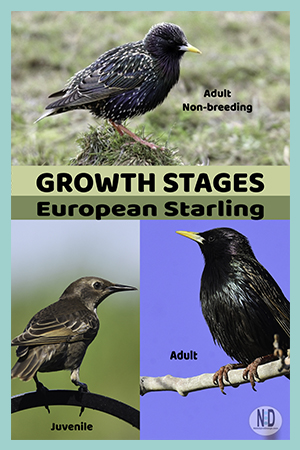
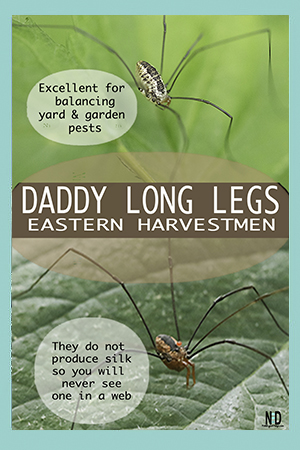
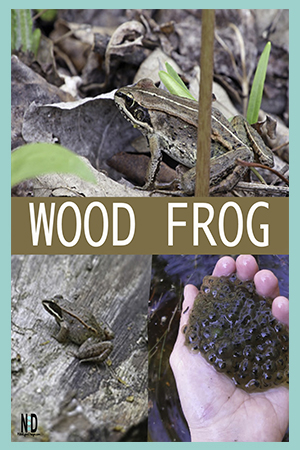


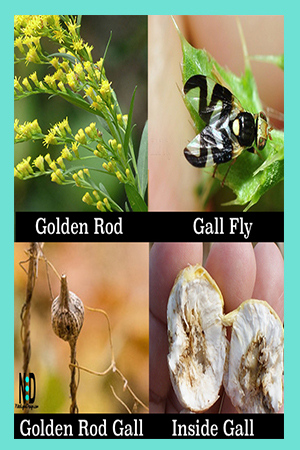
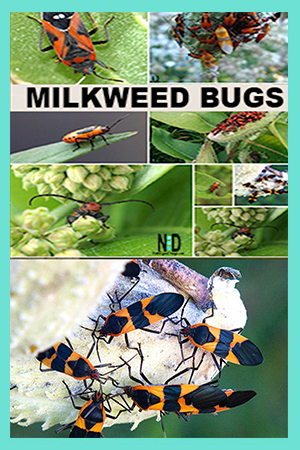
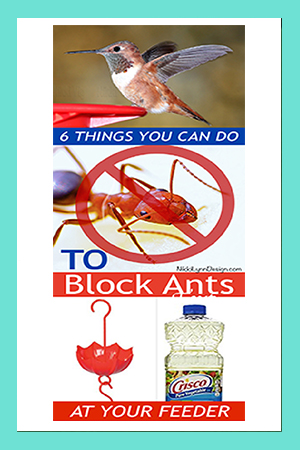
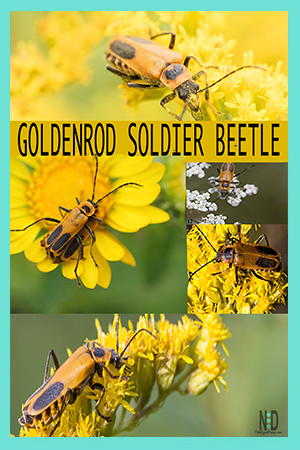
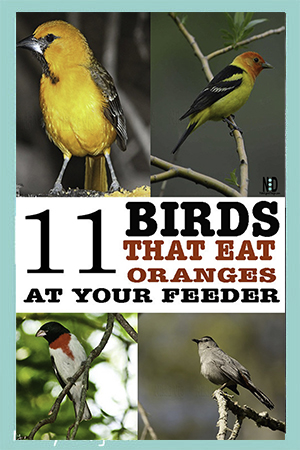
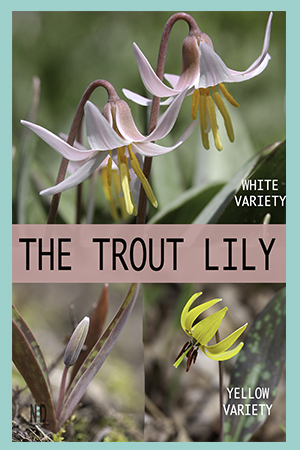
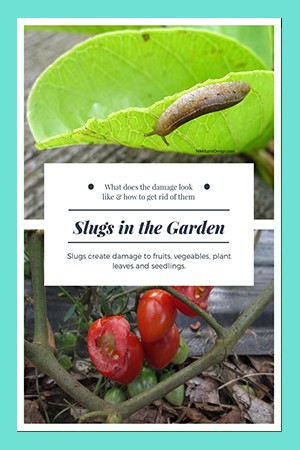
AFFILIATE POLICY: Posts on this site may contain links to outside vendors that pay me a commission when you purchase from them, at no additional cost to you. Thank you for supporting this site!
